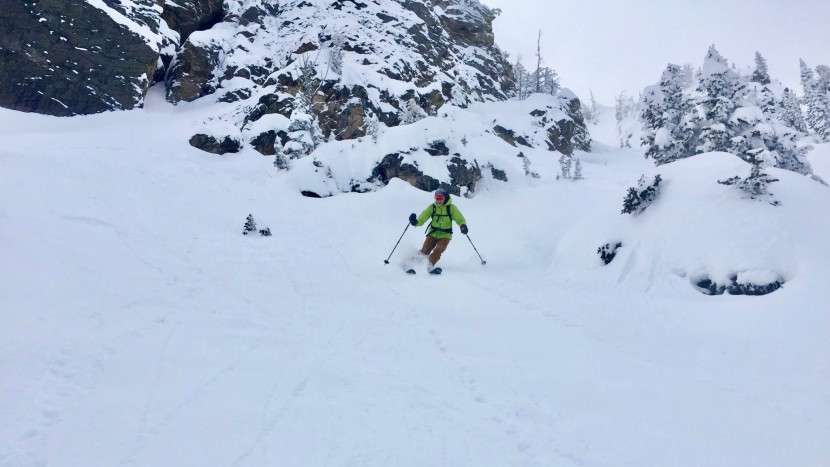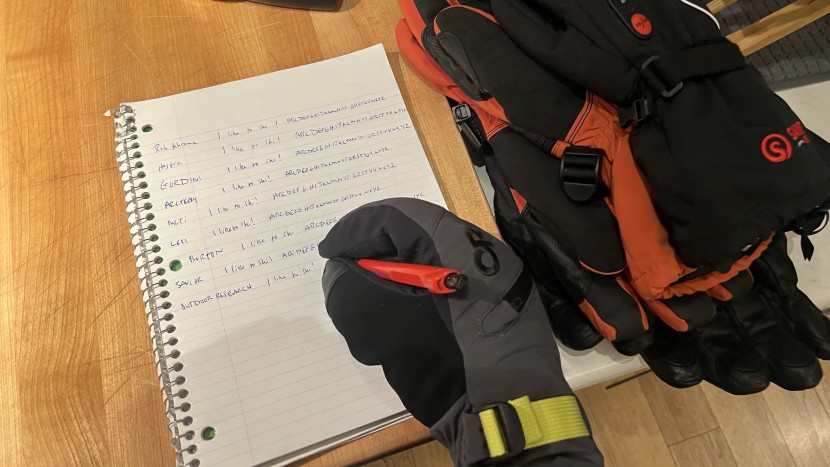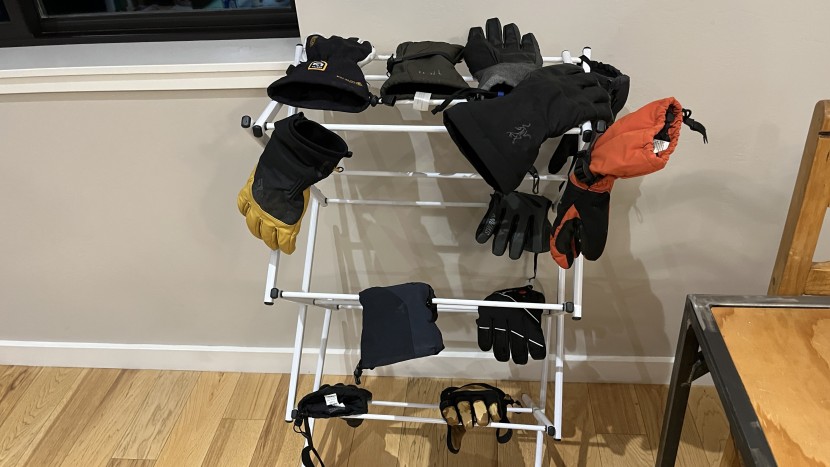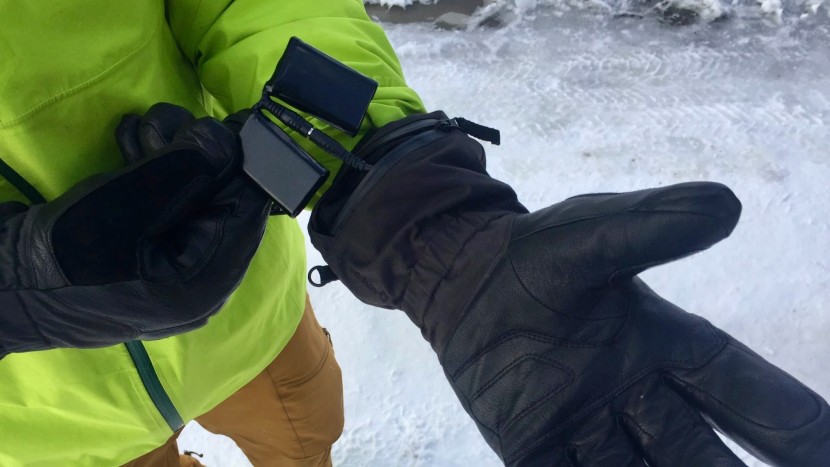After combing through the market for the best ski gloves out there, we purchase the best contenders for head-to-head testing. Then, over several seasons, we put these gloves through the wringer, using them day in and day out. Our testers are ski patrollers, ski guides, and hardcore ski bums who span the continent looking for the deepest snow. After countless days of testing, we compare the glove's performance in both real-world situations and also in controlled tests to determine which gloves are best for different uses.
While wearing these gloves, we skied all over the world, from the glaciers of the Alps to the deep powder haunts of British Columbia and Jackson Hole, Wyoming. We took them spring skiing in Lake Tahoe and then down to South America in the fall. We rode chairlifts and skied in the backcountry of the Cascades, Wasatch, and the Chugach. We skied in the pouring rain (yes, pouring), on 30-inch powder days, and under bluebird skies, all to help you choose the best product for your particular needs.
Warmth
Testing for warmth included some of the coldest days we have ever experienced on snow, with temps dropping to -30 degrees Fahrenheit in British Columbia and Jackson Hole. On these days, we wore a different pair of gloves on each run, taking a warm-up break in between runs to make sure our hands recovered. We also had multiple testers wear each glove on the same day, in the same conditions, to cross-check our warmth ratings. Once we had baseline warmth rankings in order, we wore different gloves on each hand to compare relative warmth and to make sure we were on the mark.
In a more objective and controlled test, we checked the initial internal temperature of each glove with an infrared thermometer, then sealed each glove and put it in the freezer. After 5 minutes, we checked the internal temperature again and recorded the difference between the before and after readings.
Dexterity
Testing dexterity was pretty easy. We used each glove extensively over the season to get a feel for how well we could handle normal tasks required during a day of skiing while wearing it. Tasks included opening and closing zippers, buckling boots, removing a phone from a pocket, and opening a candy bar. We also added in some standardized tests, including writing with a pen on paper while wearing, unlocking a car, and tying the laces of our snow boots.
Water Resistance
We used both objective and subjective tests to check for water resistance. First, we dunked our gloved hand in a bucket of water and held it there for two minutes. We noted how well the exterior shell fabric repelled or absorbed water and how well the waterproof membrane prevented water from reaching the glove's interior chamber.
Our testing period also included days of wet snow and heavy rain. On these days, we threw all of the gloves in a pack, went skiing, and noted how long each glove lasted before soaking through and becoming unusable for the day. We also used our gloved hands to wipe off wet chairlift seats and to clear wet snow off our cars at the end of the day.
Construction Quality
We tested construction quality over the course of at least a full season and sometimes more. We made notes of how many days we had skied in each glove and how much wear and tear we noticed each day. We looked at the palm material, elastic drawcords, and fabric seams on the fingers and thumb. As the season progressed, some gloves quickly showed signs of deterioration, while others seemed to chug along without showing much wear. Whenever possible, we used these gloves on technical ski mountaineering objectives involving a lot of rope work and rappelling. This activity chews through glove palms and was used as a stress test to separate the gloves with strong construction and durability in design materials from those that would fall apart after one or two rappels.
Features
Lastly, we tallied the features of each glove. High-end ski gloves are packed with features that make your day on the slopes more convenient, including straps and drawstrings, heating elements, nose wipe fabrics, leashes, clipping mechanisms, and pockets for hand warmers. In some cases, gloves with too many features were too bulky to be worn comfortably, and we noted this as well. There is a balance between what features a glove can provide and what features are truly useful out on the slopes. We inspected and used each feature to make sure it was well-designed and didn't give gloves points just because they had a lot of features.








